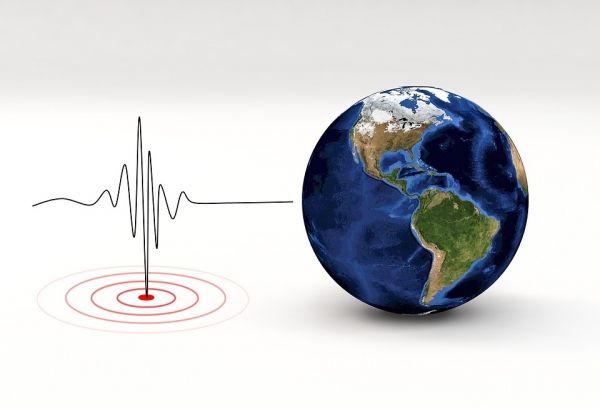A 'slow-motion' earthquake lasting 32 years -- the slowest ever recorded -- eventually led to the catastrophic 1861 Sumatra earthquake, researchers at the Nanyang Technological University, Singapore (NTU Singapore) have found.
The NTU research team says their study highlights potential missing factors or mismodelling in global earthquake risk assessments today.
'Slow motion' earthquakes or 'slow slip events' refer to a type of long, drawn-out stress release phenomenon in which the Earth's tectonic plates slide against one another without causing major ground shaking or destruction. They typically involve movements of between a few cm/year to cm/day.
The NTU team made the surprise discovery while studying historic sea-levels using ancient corals called 'microatolls' at Simeulue Island, located off the coast of Sumatra. Growing both sideways and upwards, the disc-shaped coral microatolls are natural recorders of changes in sea level and land elevation, through their visible growth patterns.
Read more at Nanyang Technological University
Photo Credit: Tumisu via Pixabay


